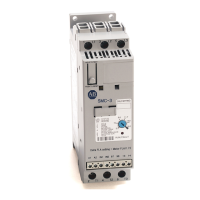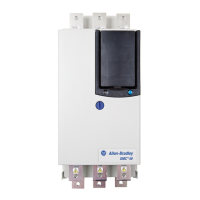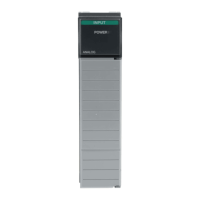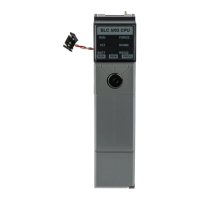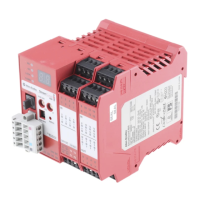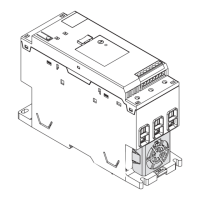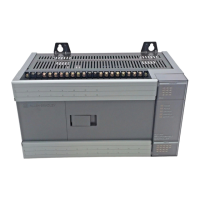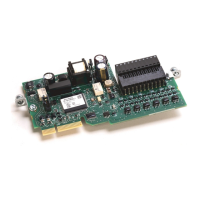Rockwell Automation Publication 1789-UM002K-EN-P - January 2015 39
What is the SoftLogix System? Chapter 2
Connections for Messages
Messages transfer data to other devices, such as other controllers or operator
interfaces. Some messages use unscheduled connections to send or receive data.
These connected messages can leave the connection open (cache) or close the
connection when the message is done transmitting. This table shows which
messages use a connection and whether you can cache the connection.
Connected messages are unscheduled connections on both ControlNet and
EtherNet/IP networks.
If a message executes repeatedly, cache the connection. This keeps the connection
open and optimizes execution time. Opening a connection each time the message
executes increases execution time.
If a message executes infrequently, do not cache the connection. This closes the
connection upon completion of the message, which frees up that connection for
other uses.
Each message uses one connection, regardless of how many devices are in the
message path. To conserve connections, you can configure one message to read
from or write to multiple devices.
You can cache as many as 16 messages (a combination of any type, not including
block-transfer) at one time. If you try to cache more than 16, the controller
determines the 16 most-currently used messages and caches those. If there are 16
messages cached, and a message is triggered that is currently not cached, the
controller drops the connection of the oldest-cached message to make room for
the new message.
In addition to 16 cached messages, you can also cache as many as 16 block-
transfer messages. The same conditions apply to caching block-transfer messages
as described above for caching other types of messages.
Message Type Communication Method Connection
CIP data table read or write CIP
PLC-2®, PLC-3®, PLC-5®, or SLC (all types) CIP
CIP with source ID
DH+™
CIP generic N/A

